Category: satellites – Page 83
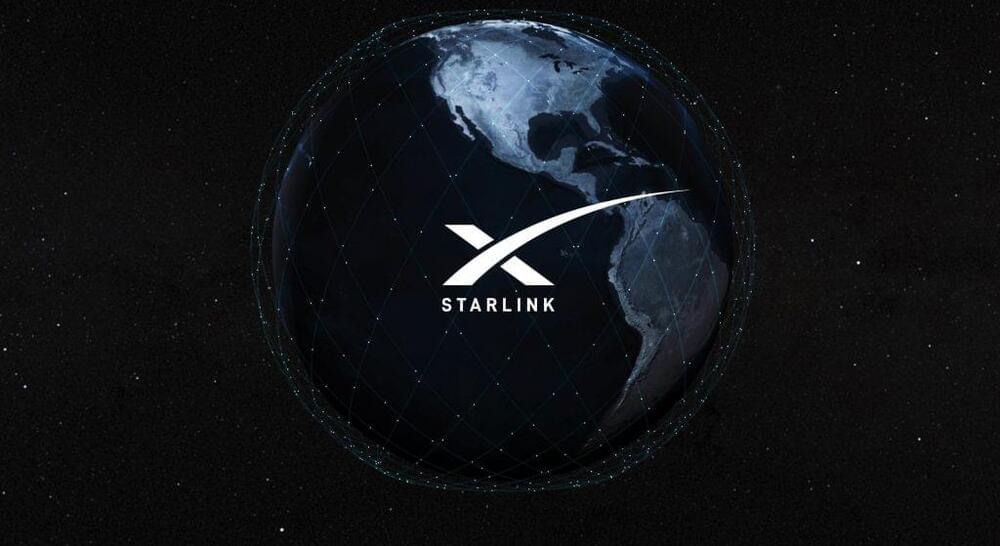
SpaceX to begin launching new ‘shell’ of Starlink satellites in July
SpaceX could begin launching the fourth of five orbital ‘shells’ of its first Starlink constellation as early as July, according to a report from a reliable source of SpaceX information.
The initial report tweeted on May 20th by reporter Alejandro Alcantarilla claimed that SpaceX was preparing to start launching “Group 3” of its first 4408-satellite Starlink constellation as early as July 2022. Less than a week later, those claims were confirmed when SpaceX applied for communications permits known as “special temporary authority” licenses or STAs for a launch known as “Starlink Group 3−1” no earlier than late June.
“Group 3” refers to one of five orbital “shells” that make up SpaceX’s 4408-satellite first-generation Starlink constellation. Each shell can be thought of more or less as, well, a shell – a thin layer of satellites more or less evenly distributed around the entire sphere of the Earth. Shells mainly differ by two measures: orbital inclination (the angle between a given orbit and the Earth’s equator) and orbital altitude (the distance from the orbit to the ground).

SpaceX CEO Elon Musk reveals next-generation Starlink satellite details
SpaceX CEO Elon Musk has revealed the first technical details about the company’s next-generation Starlink ‘Gen2’ satellite design, confirming that it will far outmatch the current generation of satellites by almost every measure.
Speaking in an onsite interview and Starbase tour with YouTuber Tim Dodd (The Everyday Astronaut), Musk – largely unprovoked – revealed that SpaceX has already built at least one functional Starlink Gen2/V2.0 satellite prototype and shipped it to the South Texas Starship factory, where it is currently being stored. More importantly, Musk also provided the first direct specifications for the next-generation spacecraft, stating that each Starlink V2.0 satellite will weigh about 1.25 tons (~2750 lb), measure about seven meters (~23 ft) long, and be almost an order of magnitude more capable than the “Starlink 1” satellites they’ll ultimately supersede.
Almost ten months after SpaceX first revealed its updated plans for a next-generation, 30,000-satellite constellation, those details have confirmed a few key points of speculation about the future of Starlink.
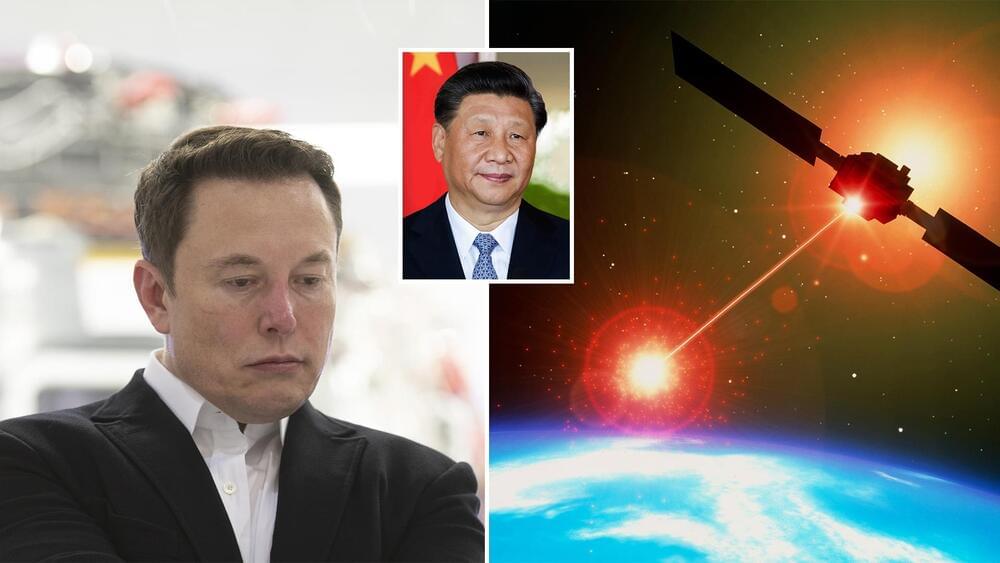
Why Elon Musk’s Starlink Satellites scare China? Chinese Researchers have come up with a plan to “destroy” SpaceX Starlink satellites
China has to have the capability to identify and destroy SpaceX’s Starlink satellites, according to Chinese military experts in a report released in April. The research, headed by Ren Yuanzhen of the Beijing Institute of Tracking and Telecommunications, was published in the Chinese peer-reviewed journal Modern Defence Technology. The publication inexplicably disappeared from the online version of The South China Morning Post after The South China Morning Post reported on its contents.
David Cowhig, a former US ambassador, was able to complete the translation of the document before it vanished, which allowed him to uncover a number of preventative steps that were suggested to be taken against Starlink. According to the study, China has to “use a mix of soft and hard kill measures to disrupt the operating system of the constellation and deactivate part of the Starlink satellites.”
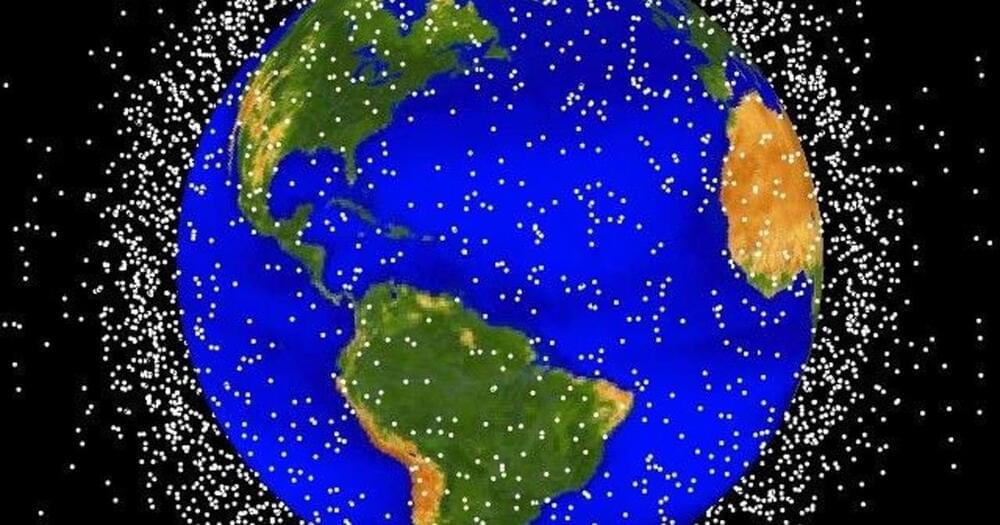

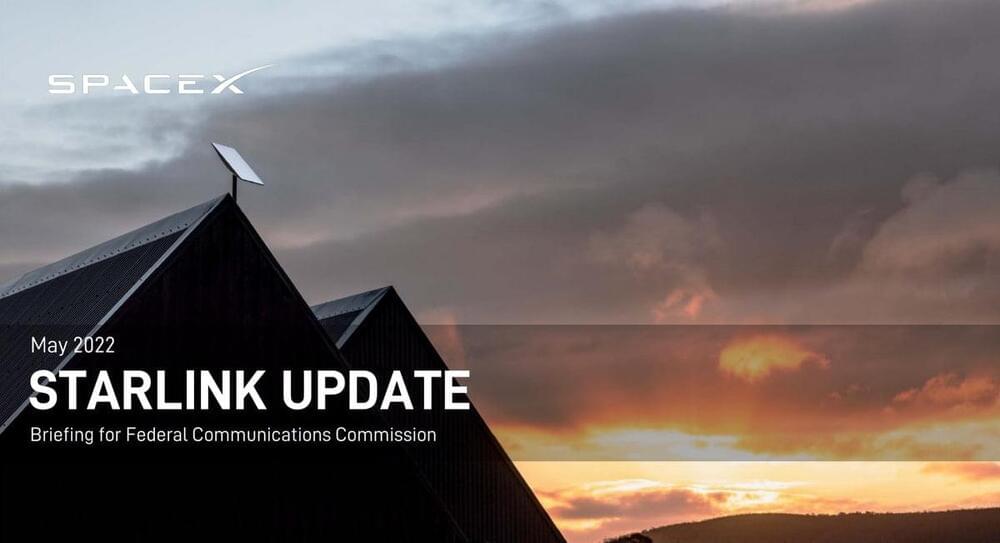
SpaceX informs Federal Communications Commission it surpassed 400,000 Starlink Internet subscribers across 36 countries
SpaceX informed the Federal Communications Commission (FCC) it surpassed 400,000 Starlink Internet subscribers across 36 countries. The company had a private conference presentation with FCC representatives on May 19 about using the 12GHz band “for providing next-generation satellite services to Americans,” including to use Starlink broadband satellite service on moving vehicles.
An outline of the presentation was submitted as a public filing to the Commission where it states the new subscriber count and a list of how Starlink has been useful; a screenshot of the document is shown below. SpaceX doubled the amount of Starlink subscribers in just a couple months. SpaceX announced its Starlink division had 250,000 subscribers in February.
SpaceX’s FCC presentation says the Starlink service is active in 48 U.S. states. Besides the United States, Starlink is now available in portions of: Canada, United Kingdom, Germany, New Zealand, Australia, Austria, Netherlands, Belgium, Ireland, Denmark, Chile, Portugal, Switzerland, Poland, Italy, Czech Republic, Sweden, Mexico, Croatia, Lithuania, Spain, Slovakia, Slovenia, Brazil, Bulgaria, Romania, Greece, Luxembourg, Latvia, Tonga, Hungary, and Ukraine. SpaceX plans to expand service to Africa, Asia, and the Middle East in 2023. The company recently released an interactive Starlink Coverage Map which shows where the internet service is “available” and on a “waitlist” by simply typing an address.
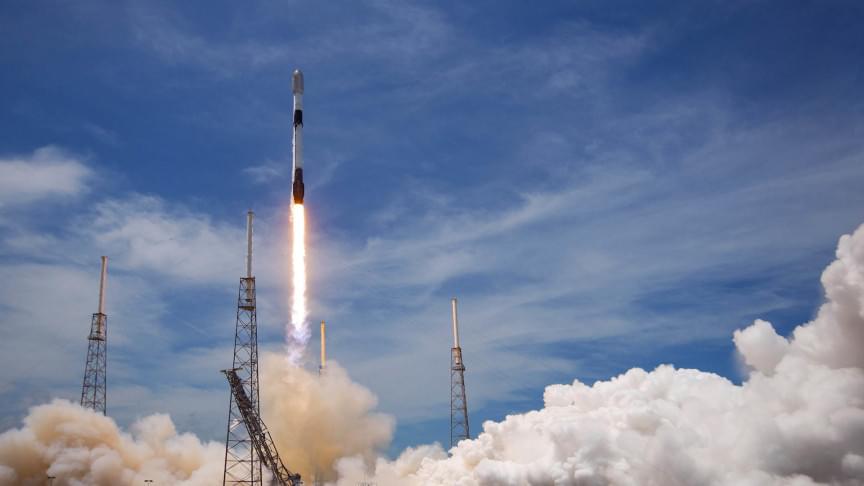

Ukraine’s crisis: 8 new satellite images reveal the devastation on the ground
War feels ‘a hundred times more irrational’ when viewed from space.
Satellite images taken from space have been vital in reporting on the war in Ukraine. They have even helped to debunk disinformation that has spread since the start of Russia’s invasion in late February.
While satellites — such as those used by Maxar Technologies to help document the war — are equipped with powerful cameras that can zoom into vast regions, it turns out the conflict is also visible to the naked eye from orbital space.
“When you’re in space, you feel so far away at first,” European Space Agency (ESA) astronaut Matthias Maurer, who recently returned from his 177-day stay aboard the International Space Station (ISS), told German broadcaster *ARD*, as per *Futurism*.
But the invasion “was clearly visible to the naked eye from space,” he explained, saying he could see it in the form of “huge black columns of smoke over cities like Mariupol\.
The astronaut, Matthias Maurer, saw huge black columns of smoke from the ISS and claimed that the war in Ukraine is clearly visible from space.
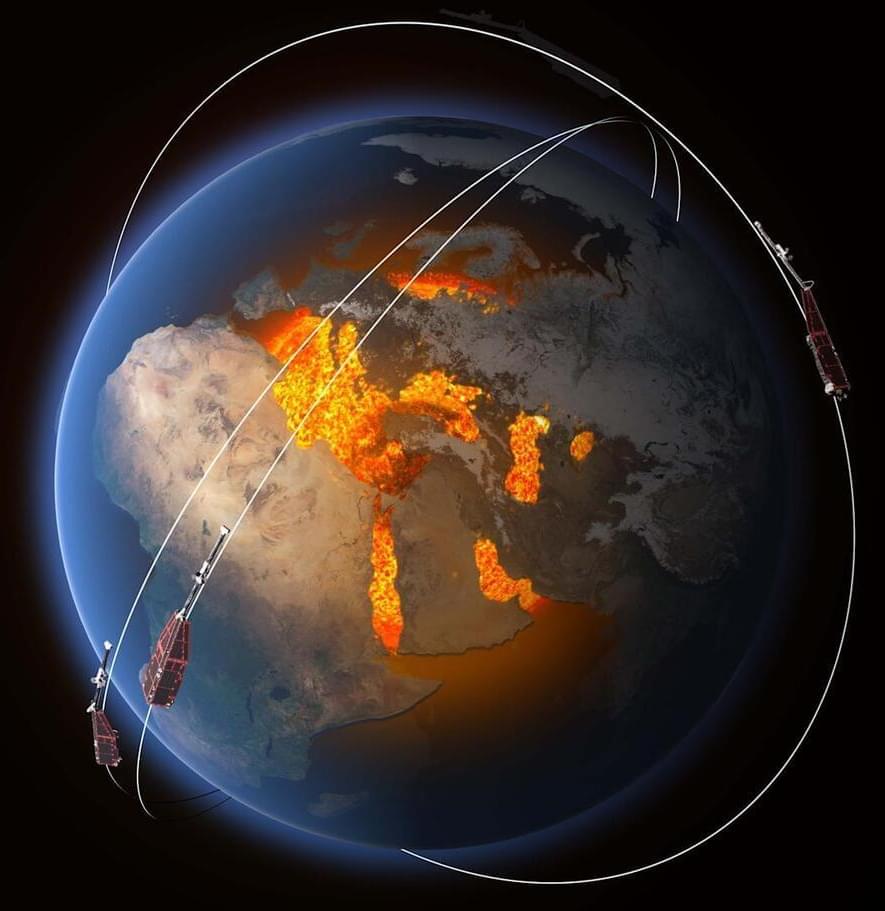
Giant magnetic wave found in Earth’s core
Volcanic eruptions remind us that the inside of our planet isn’t exactly tranquil, but there’s plenty of completely unknown stuff happening beneath our feet.
ESA’s Swarm satellite mission has detected a completely new type of magnetic wave that sweeps across the outermost part of Earth’s outer core every seven years.
The finding could help us to understand more about Earth’s magnetic field, without which life as we know it could not exist.